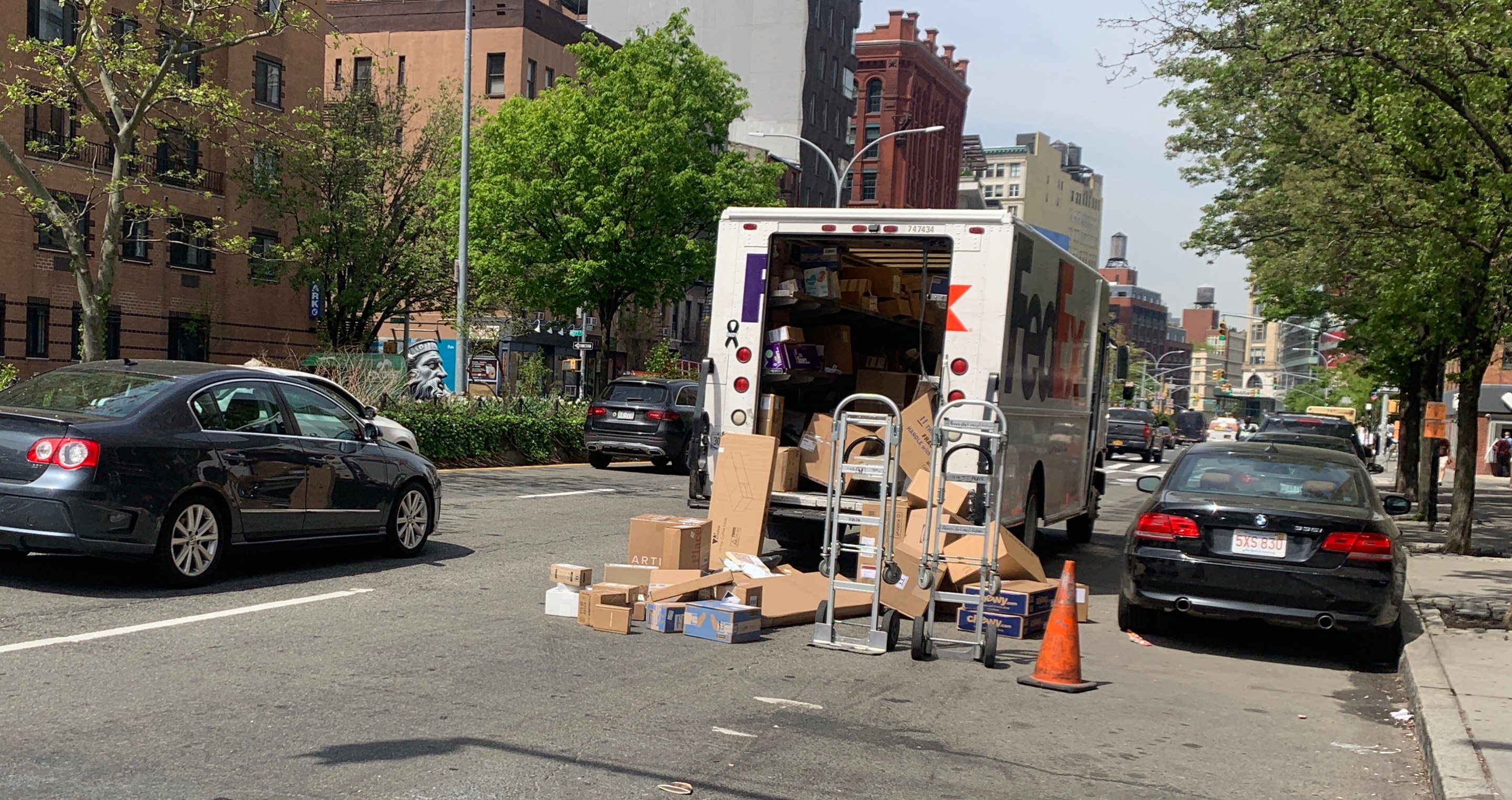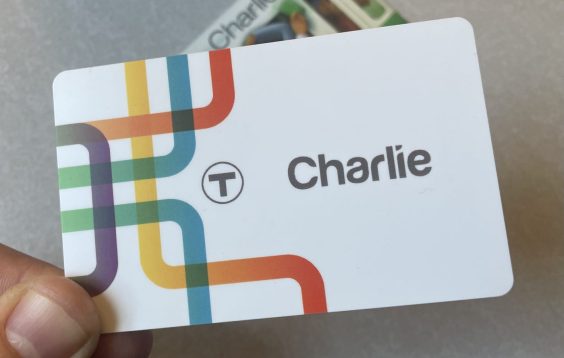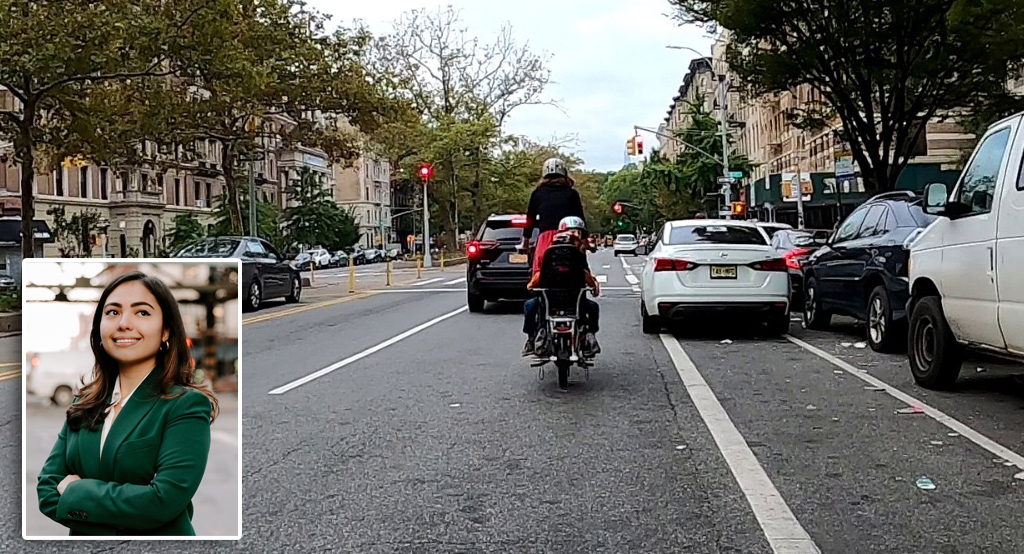It’s about trucking time.
The Adams administration announced last week that it supports a Council bill that would force the operators of large “last-mile” warehouses to utilize environmentally friendly freight solutions the administration has been piloting and studying for years.
Intro 1130, which would require the city to regulate the largest warehouses, was introduced last year by Council Member Alexa Avilés, who represents Sunset Park and Red Hook, two neighborhoods that have been inundated with a rise of “last-mile” facilities from companies like Amazon, and the dangerous truck traffic that comes with them.
On Friday, the Department of Environmental Protection testified in support of the bill, part of a compromise reached during the Council’s approval of the mayor’s City of Yes for Economic Opportunity plan to do something about the uneven impacts of last-mile warehouses.
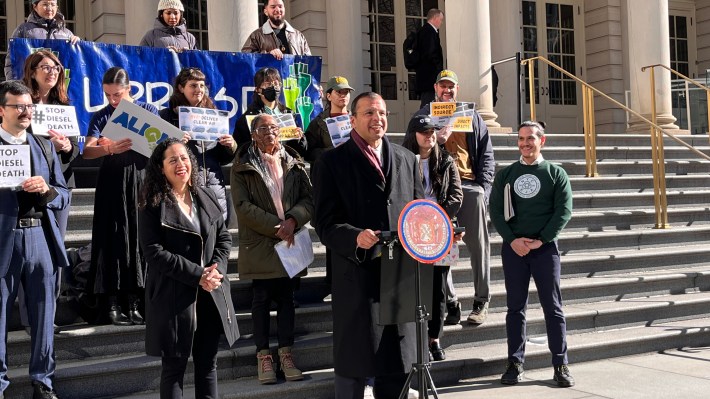
DEP Commissioner Rohit Aggarwala supported the so-called “indirect source rule,” saying it would help “get polluting trucks off our streets.”
“Policies like an indirect source rule support this important shift [away from freight]. When there are regulations requiring warehouses to reduce their pollution, [there is added] motivation to explore alternatives like rail and marine transport,” said Aggarwala.
The idea, modeled on a 2021 program in Southern California, would create a points system — still to be devised — where warehouse operators would be required to undertake pollution-mitigation efforts at facilities larger than a football field, like the kinds that have popped up since the pandemic. The warehouses and distribution centers generate both direct and indirect pollution, the latter of which is not closely regulated and includes emissions from the vans and trucks driving in and out of the heavily used facilities.
DEP sees the bill as an important regulatory step to force warehouse operators to participate in the initiatives the city is already pursuing – like utilizing waterways with “blue highways," cargo bikes for the last mile with the “micro hub” program, and truck electrification.
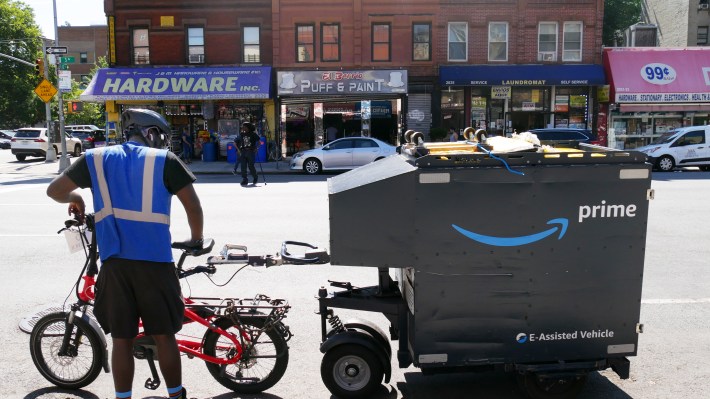
“A number of the things that we have done, whether it’s blue highways or bike deliveries, are about making it easier for businesses to use those better modes of transportation,” Aggarwala told Streetsblog. "[An indirect source rule] would give a push because the largest sources that are generating that kind of traffic would now have to act."
The roughly 500 warehouses that are over 50,000 square feet comprise 40 percent of total warehouse space, but are believed to produce far more pollution than the remaining 7,500 smaller warehouses. A big warehouse causes more than 11,000 truck trips per year, based on national estimates that are almost certainly lower than the reality in the city, where such warehouses have sprung up quickly during the e-commerce boom, according to the DEP.
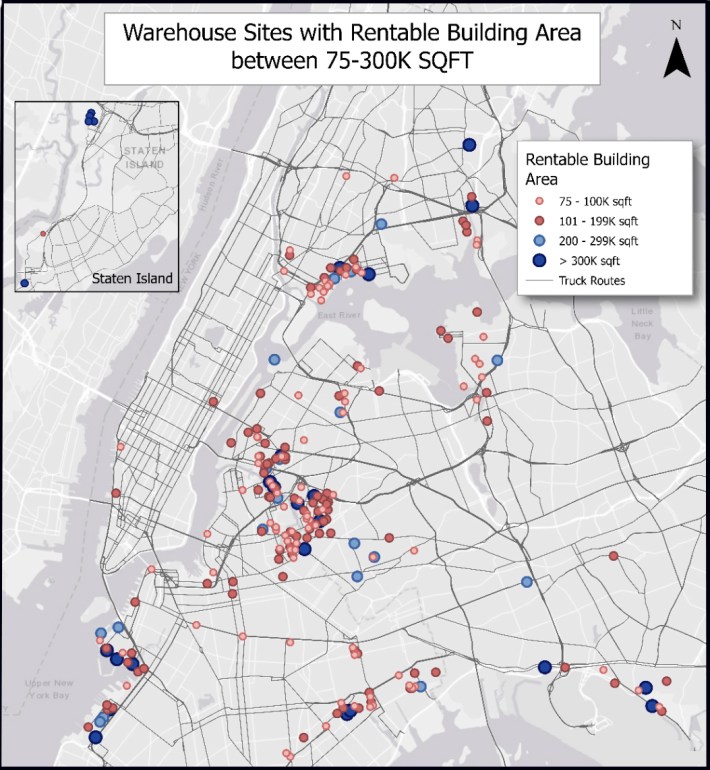
The environmental impact study for the bill is expected to reveal whether city needs to also target smaller warehouses, supporters said.
Increased truck traffic also diminishes the livability of neighborhoods and is dangerous for the city’s most vulnerable road users: pedestrians and cyclists.
Just this weekend, a pedestrian crossing the street in industrial East Williamsburg crouched down to pick up his wallet and was mowed down by a the hit-and-run driver of a Mack truck.
And in 2020, a truck driver making an illegal turn hit and killed a cyclist on industrial Vandervoort Avenue in Brooklyn. Later that year, 33-year-old cyclist Alejandro Santos was killed by a truck driver on Third Avenue in Sunset Park.
Some advocates are pushing for the indirect source rule to specifically focus on getting trucks and vans off the roads, instead of just electrification or other offset measures like planting trees.
“We’re operating at the intersection of what’s good for climate and what’s good for transportation,” said Jaqi Cohen, the director of climate and equity policy at Tri-State Transportation Campaign. “We want to see electrification of these vehicles, but also less of them on the road. If there are mitigation strategies that can reduce the actual number of vehicles then that kills two birds with one stone.”
The exact menu of options that warehouse operators can choose from to get to the total amount of points determined by DEP is not yet finalized. But for those who care about livable streets, and pollution, it is crucial that mode switching away from cars and trucks is at the forefront.
Planting trees and continuing business as usual is “not going to do it,” Cohen said. “To us, we really want to see both a combination of electrification and mode shifting.”
The next steps for the city to actually implement an indirect source rule is a year-long environmental impact study, which the DEP plans to start in the coming months. The city has committed $2.2 million to the completion of the study, which will have to be finished and published before a vote.
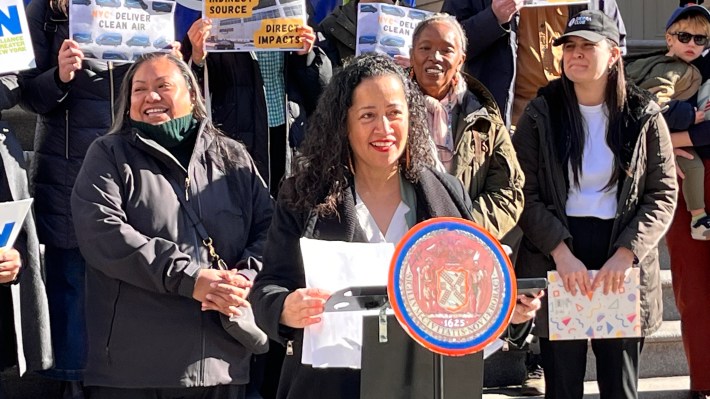
Avilés sees this hearing as a refreshing commitment from the administration.
“For a long time, neighborhoods like mine have suffered as the result of the poor air quality, inflicted on us by the massive influx of large trucks on our roads,” said Avilés. “Environmental justice communities will finally get some relief from the intense air pollution and dense traffic that unregulated last mile distribution facilities and their trucking have caused.”
